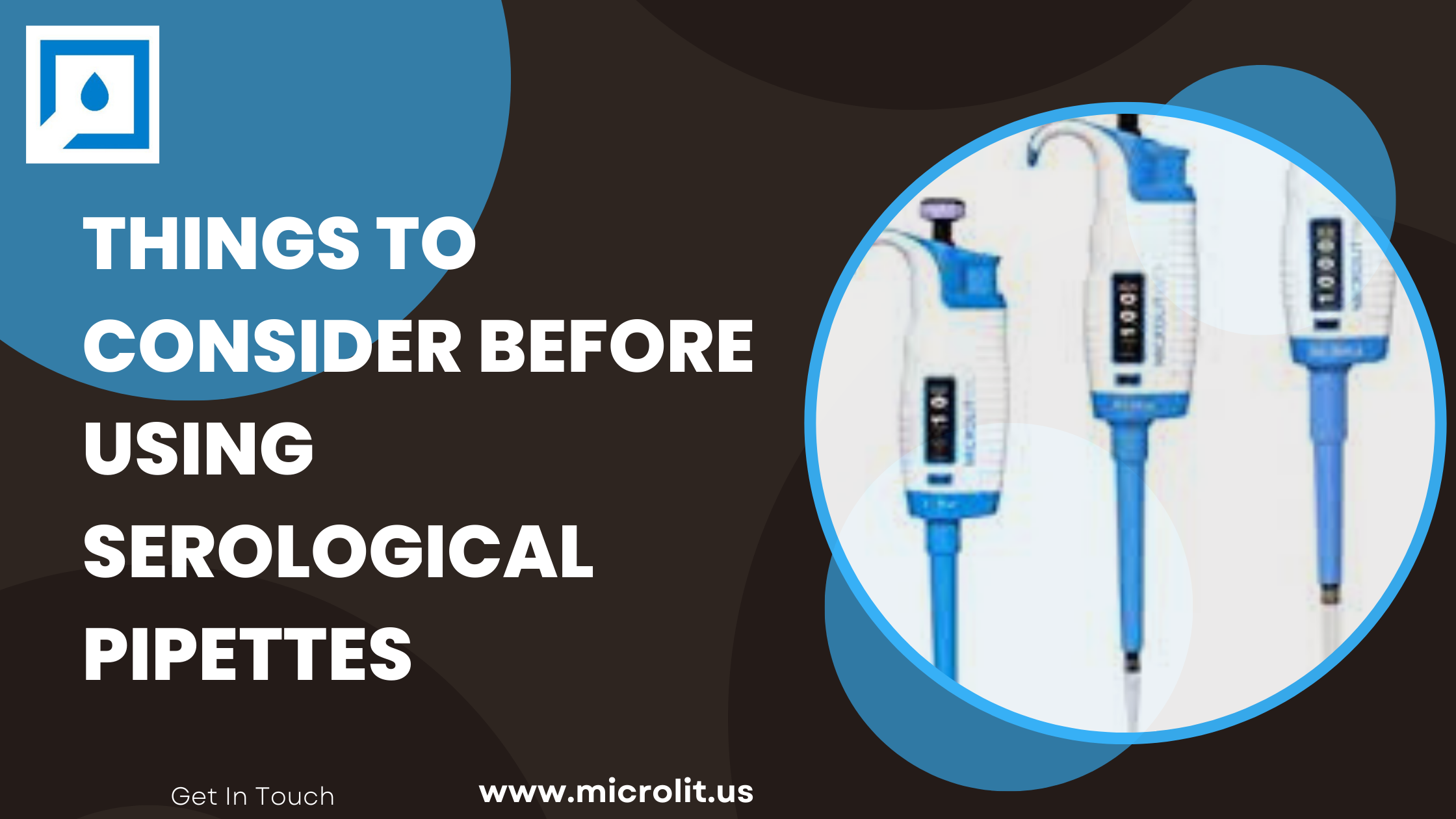Complete Guide About Micropipette Parts

A micropipette is a laboratory tool that is used for precise liquid handling in small volumes. It is a crucial tool for scientists and researchers in various fields, including biochemistry, genetics, and molecular biology. In this blog post, we will discuss the different micropipette parts and its functions, as well as provide a complete guide on how to use and maintain them. 1. The Pipette Body: The pipette body is the main component of the micropipette. It is made of plastic or metal and is designed to hold the other parts of the micropipette together. The body of the micropipette is typically cylindrical and has a smooth surface that is easy to hold and manipulate. 2. The Volume Adjustment Knob: The volume adjustment knob is located at the top of the pipette body and is used to adjust the volume of liquid that is dispensed. The knob is usually graduated in milliliters or microliters, and it allows you to set the desired volume of li...





